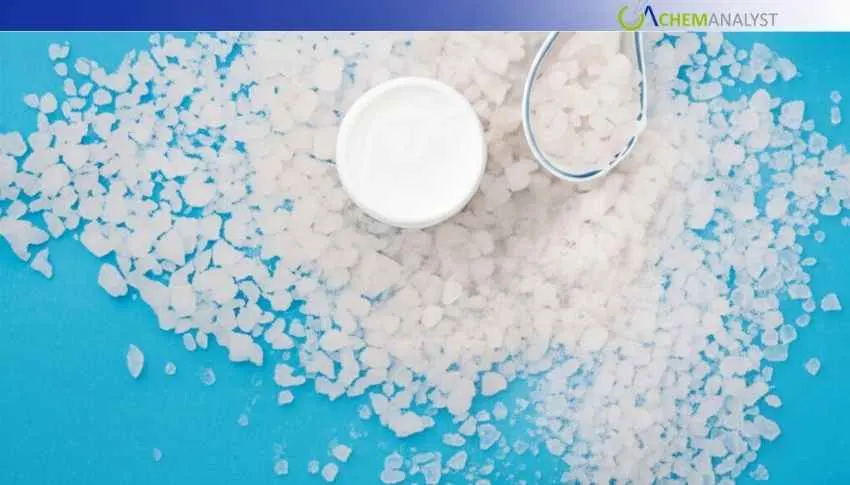Welcome To ChemAnalyst

The Chinese para-phenylene diamine (PPD) market was under significant bearish pressure during July 2025 due to a mix of slackening demand, changing trade flows, and fluctuating feedstock prices, dulling sentiment down the value chain.
During July 2025, the Chinese PPD market witnessed its trend fall for the second consecutive month. During this month, the Chinese PPD market has declined by 6.77%. In addition, manufacturing operations were affected by uneven trends in raw materials. Prices of feedstock aniline dropped 5.05%, offering a little cost relief, but this was counteracted by a 1.76% increase in feedstock nitrobenzene, leaving overall manufacturing costs in fluctuation. These uneven cost behaviors, combined with weak end-user activity, did not offer a solid price floor for PPD.
Export activity, which had accelerated earlier, before anticipated U.S. tariff increases, also lost steam. The domestic demand was also soft, with the downstream textile industry restraining PPD purchases. Buying activity, which had exhibited moderate improvement in June, declined again in July, as careful PPD purchasing tactics prevailed amidst doubts around the global economy.
Softness in PPD demand was reflected in manufacturing metrics. New export PPD orders fell sharply as uncertainty regarding international trade policy intensified, especially following new U.S. tariff announcements. Decreasing order flows resulted in decreased output, and supplier performance further weakened because of shipping delays. Increasing market competition pushed selling prices downward, further enhancing the bearish mood.
July's international trade context only added to market nervousness. The White House pushed a planned tariff implementation from early July to August 1. Meanwhile, American authorities officially notified some nations—such as Brazil, Thailand, Cambodia, and Indonesia—of substantial tariff increases ranging between 20% and 50%. Even though U.S.–China negotiations in Stockholm produced a tentative commitment to discuss whether to extend a new tariff suspension beyond August 12, no solid deal was struck, preserving uncertainty.
The downstream textile industry, too, displayed evidence of strain. Exports in the first half of 2025 were slightly greater overall, but sales to the U.S. collapsed during April–May, highlighting the effect of trade tensions. Manufacturers have tried to balance losses by diversifying into markets like the EU, Japan, South Korea, and developing economies, but the rate of diversification has been slow.
According to ChemAnalyst, the future direction of the PPD market will depend significantly on the resolution of the August tariffs and the progress in U.S.–China trade negotiations. If production costs continue to be managed but the proposed tariffs become effective, demand might decline further in the short term. On the contrary, a resolution or postponement of tariff hikes would improve market confidence and provide support for price stability.
We use cookies to deliver the best possible experience on our website. To learn more, visit our Privacy Policy. By continuing to use this site or by closing this box, you consent to our use of cookies. More info.
